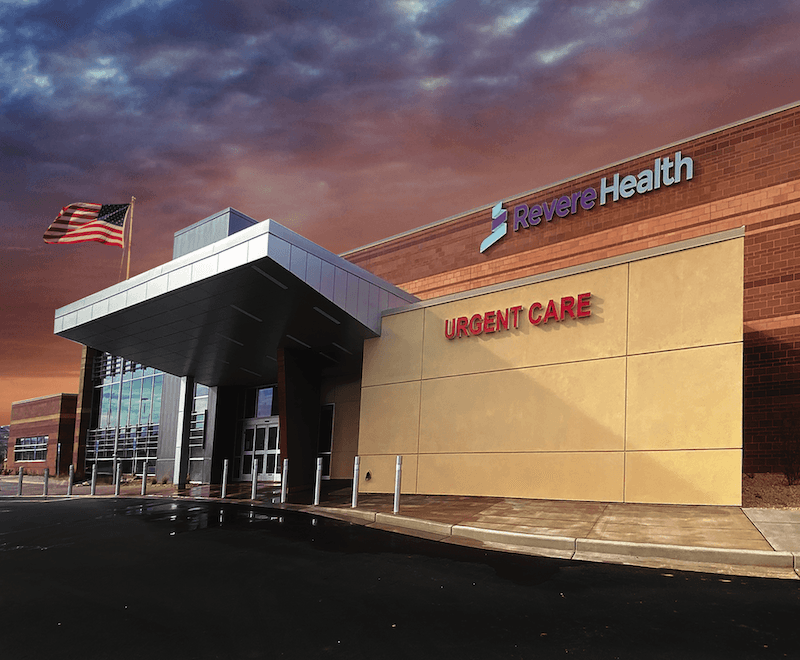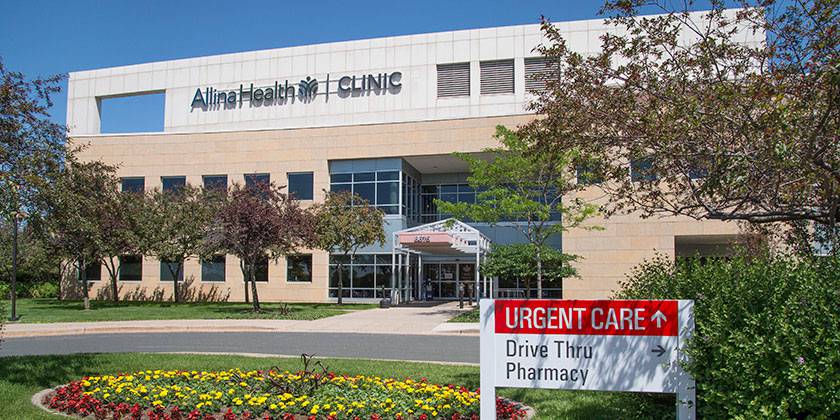How Our Clinic Makes Sure Top-Notch Urgent Care for Every Person
How Our Clinic Makes Sure Top-Notch Urgent Care for Every Person
Blog Article
Understanding the Role of Urgent Treatment in Offering Timely Treatment for Non-Life-Threatening Problems
Urgent treatment centers have arised as an important part of the health care landscape, attending to the immediate demands of individuals with non-life-threatening conditions. Understanding the subtleties of immediate treatment might considerably impact patient end results and the overall performance of medical care delivery.
What Is Urgent Care?
Urgent care describes a classification of medical solutions created to attend to non-life-threatening conditions that need immediate focus. These facilities act as an intermediary between main treatment medical professionals and emergency situation areas, providing a hassle-free alternative for clients that need punctual treatment without the considerable waiting times generally related to emergency divisions.
Immediate care centers are usually staffed by doctor, including physicians, nurse professionals, and physician aides, who are educated to identify and treat a broad variety of conditions. Typical services offered by these facilities consist of therapy for minor injuries, illnesses, and infections, along with diagnostic examinations such as X-rays and lab work.
In addition, immediate treatment centers often accept walk-in clients, removing the need for consultations. Generally, urgent care plays a vital role in the healthcare system, guaranteeing clients can access crucial medical services without delay and efficiently.

Several individuals might locate themselves unclear regarding when to seek treatment at an urgent treatment center as opposed to a health care doctor or an emergency clinic. Immediate care is made to attend to non-life-threatening problems that need timely attention but are not extreme sufficient to necessitate an emergency clinic visit.
Generally, one should consider urgent look after problems such as small fractures, strains, cuts requiring stitches, or infections like urinary system infections. Furthermore, chilly or flu signs, breakouts, and allergic reactions can likewise be appropriately taken care of in this setup.
It is essential to keep in mind that urgent care is not suitable for serious emergency situations, such as upper body pain, problem breathing, or serious blood loss, which demand instant emergency situation space treatment.
People that do not have access to a medical care medical professional or can not protect a timely visit may additionally take advantage of immediate treatment services. Inevitably, understanding when to utilize immediate treatment can bring about much more effective health care distribution, allowing patients to obtain the proper degree of care based on their details health and wellness requirements.
Advantages of Urgent Treatment Centers
Picking urgent care centers for non-life-threatening problems offers several benefits that improve patient experience and ease of access. One main advantage is the decreased delay times compared to traditional emergency situation areas. Urgent care centers typically operate on a first-come, first-served basis, allowing individuals to obtain prompt medical focus without the lengthy delays often connected with health center setups.
In addition, urgent care facilities supply prolonged hours, consisting of weekend breaks and evenings, fitting people with differing timetables. This versatility guarantees that individuals can look for care when it is most convenient for them, further advertising prompt intervention.

Additionally, these facilities frequently supply an extensive series of solutions, including diagnostic tests and small procedures, all under one roof covering. This combination of solutions not only streamlines the person experience yet also promotes a more cohesive approach to taking care of non-life-threatening health concerns, inevitably profiting overall individual results.
Typical Conditions Treated
At urgent treatment facilities, a range of non-life-threatening conditions navigate to this website can be properly dealt with, giving individuals with timely and accessible medical assistance. These facilities are particularly proficient at dealing with problems that require prompt focus but do not posture an instant risk to life or arm or leg.
Common problems dealt with at immediate care facilities include minor injuries such as cracks, strains, and strains. Immediate treatment centers are equipped to perform required analysis tests, such as X-rays and lab tests, enabling them to supply thorough care.
Additionally, urgent care providers can carry out inoculations, helping to avoid the spread of transmittable conditions - Urgent Care. They also provide services for minor treatments, such as suturing wounds or draining pipes abscesses. By offering these diverse services, urgent treatment centers play a vital role in bridging the gap between health care and emergency services, making certain clients get timely therapy for a wide variety of problems without the requirement for long delay times generally connected with emergency situation spaces
Just How Urgent Care Supports Medical Care System
Immediate treatment centers play an essential role in sustaining the overall medical care system by easing the worry on emergency divisions and supplying timely accessibility to medical treatment for non-life-threatening conditions. By managing cases such as minor injuries, infections, and illnesses, urgent treatment centers enable emergency departments to focus on even more essential patients calling for immediate focus.
Moreover, urgent care facilities enhance health care ease of access, using extensive hours and an easier option to typical medical care setups. This availability is especially helpful for clients who might not have a regular medical professional or that call for look at this web-site instant treatment beyond normal workplace hours. Therefore, urgent care centers successfully decrease wait times and enhance patient fulfillment.
Additionally, immediate treatment facilities add to set you back financial savings for both patients and the healthcare system by giving lower-cost solutions contrasted to emergency situation departments. This financial performance is vital in an age of increasing healthcare costs, permitting patients to receive required care without sustaining inflated costs.
Final Thought
Finally, immediate treatment facilities play an essential role in the medical care system by delivering punctual therapy for non-life-threatening conditions. By linking the space in between health care and emergency situation rooms, these facilities ensure that patients get prompt clinical focus without the lengthy delay times typically related to emergency situation divisions. The ease of access and effectiveness of immediate treatment centers contribute significantly to relieving the overall burden on medical care sources, boosting client outcomes, and advertising an extra effective healthcare delivery system.
Immediate care facilities have actually arised as an important component of the medical care landscape, addressing the prompt demands of patients with non-life-threatening conditions. Urgent treatment check outs generally incur reduced out-of-pocket expenses contrasted to emergency situation division brows through, making treatment more budget-friendly for people without compromising quality. Urgent treatment facilities are geared up to carry out essential diagnostic tests, such as X-rays and lab tests, enabling them to offer detailed care.
By providing these varied services, urgent treatment facilities play an essential i loved this function in connecting the gap between primary treatment and emergency solutions, making sure people get timely treatment for a broad range of problems without the demand for lengthy delay times usually associated with emergency rooms.
Moreover, urgent care facilities improve health care accessibility, offering prolonged hours and a more practical alternative to conventional main treatment setups.
Report this page